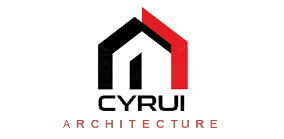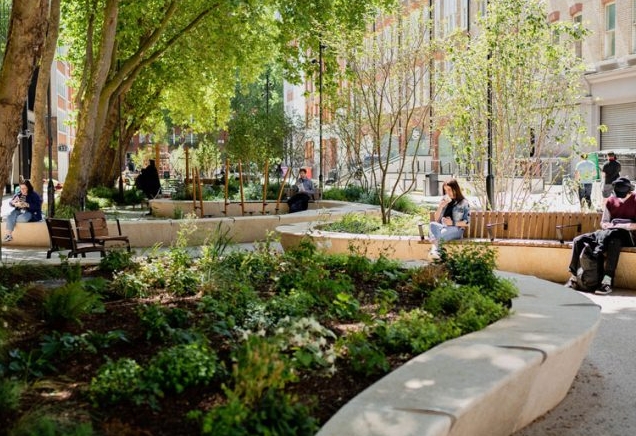Exploring the Dynamic World of Architecture, Landscape, and Design
Architecture, landscape, and design play vital roles in shaping our environments and our lives. These disciplines influence not only the aesthetic appeal of our surroundings but also how they function and how we interact with them. Understanding these elements can inspire both individuals and professionals to create spaces that are beautiful, functional, and environmentally friendly.
Innovative Trends in Architecture
Architecture today encompasses much more than just building structures; it includes an awareness of sustainability and adaptability. From eco-friendly materials to smart technology integration, contemporary architecture aims to enhance the quality of life while minimizing environmental impact. For instance, green roofs and solar panels are becoming staples in urban environments, allowing buildings to blend harmoniously with nature. This trend not only promotes energy efficiency but also encourages biodiversity, providing a healthier habitat for both people and wildlife.
The Importance of Landscape Design
Landscape design significantly enhances the functionality and beauty of outdoor spaces. A well-designed landscape can transform a simple garden into a serene oasis or a bustling urban square into a community gathering place. Effective landscape design considers factors such as local climate, native plants, and sustainable practices. By incorporating native flora, designers can create low-maintenance, drought-resistant gardens that flourish in their environments. This approach not only adds aesthetic value but also supports local ecosystems, providing habitats for wildlife and improving air quality.
The Intersection of Design and Functionality
In both architecture and landscape design, the focus is shifting towards creating spaces that are not only visually appealing but also adaptable and functional. This involves understanding user needs and how spaces can evolve over time. Designing multi-functional areas, like parks that host events or buildings that serve as retail spaces during the day and community centers at night, encourages social interaction and community engagement. Additionally, technological advancements—like augmented reality tools that allow for interactive design planning—are making it easier for designers to visualize and test their ideas before implementation.
In conclusion, diving into the realms of architecture, landscape, and design reveals countless opportunities for creativity and innovation. Whether you’re a homeowner looking to enhance your property or a developer aiming to create transformative spaces, understanding these elements can lead to better, more thoughtful designs. Explore more about current trends and innovative practices to inspire your next project!

